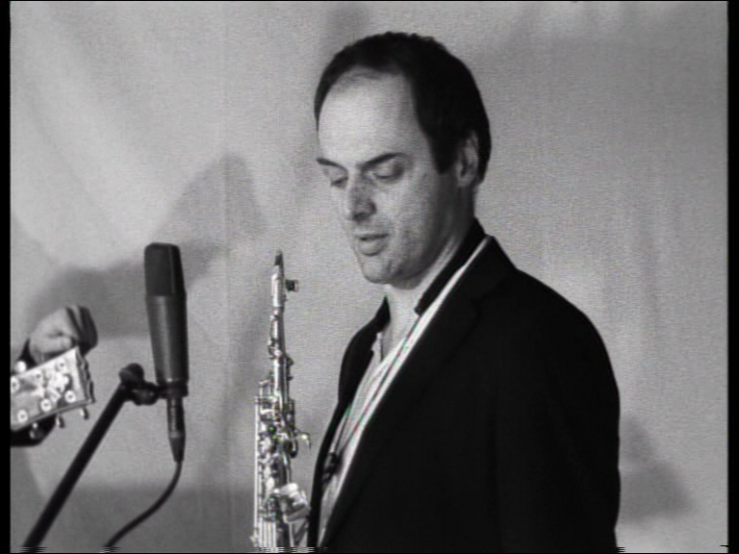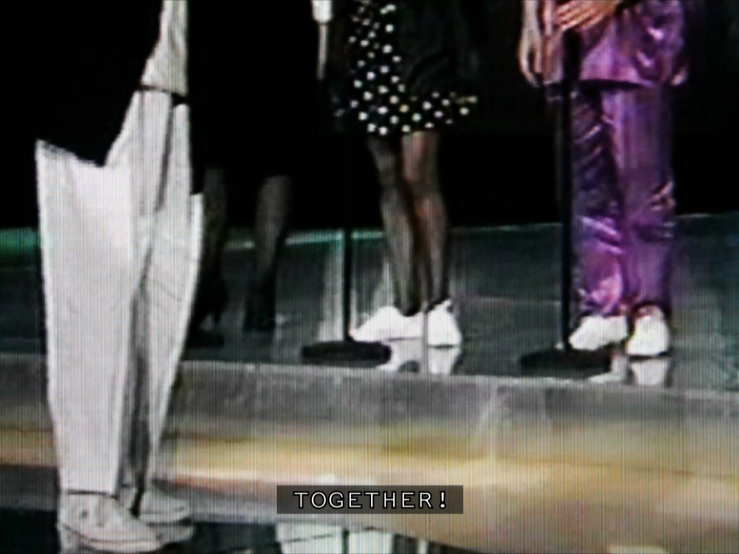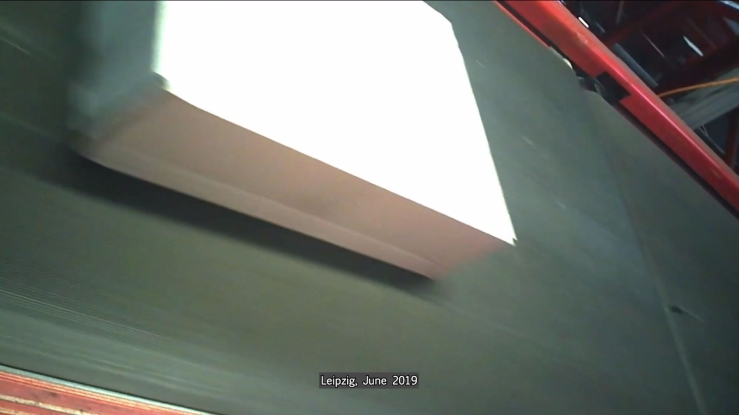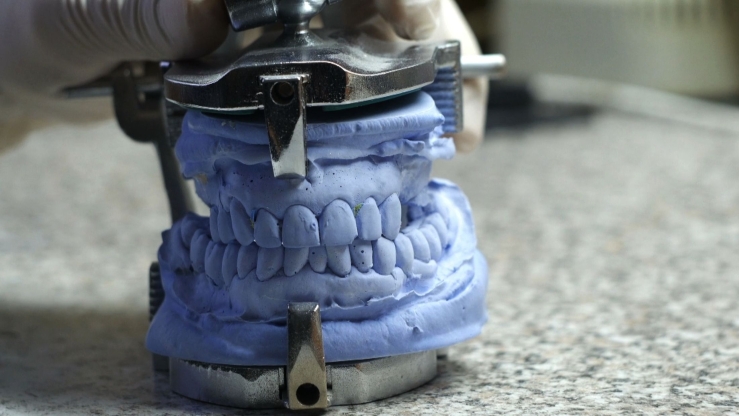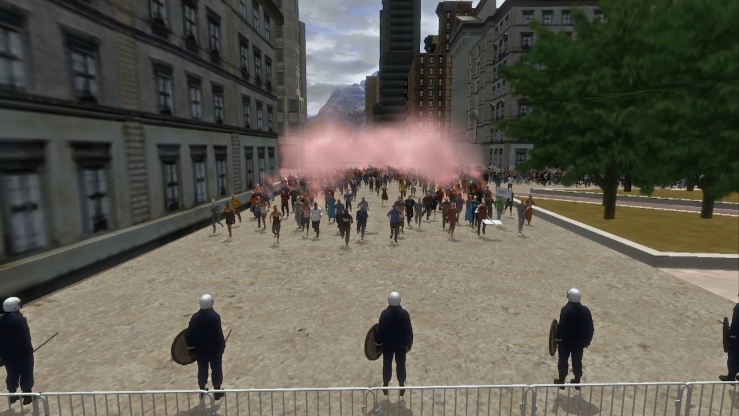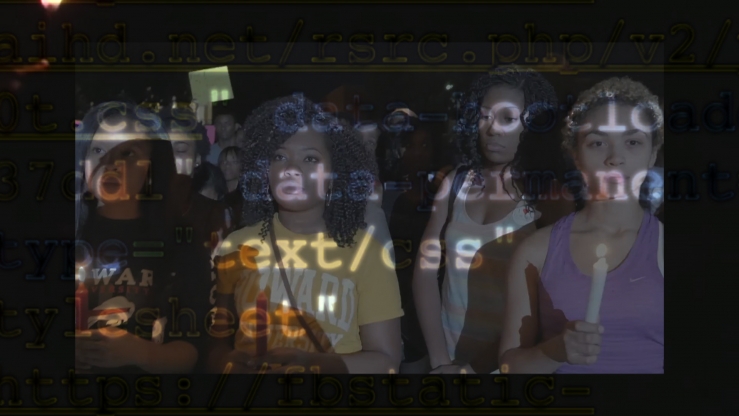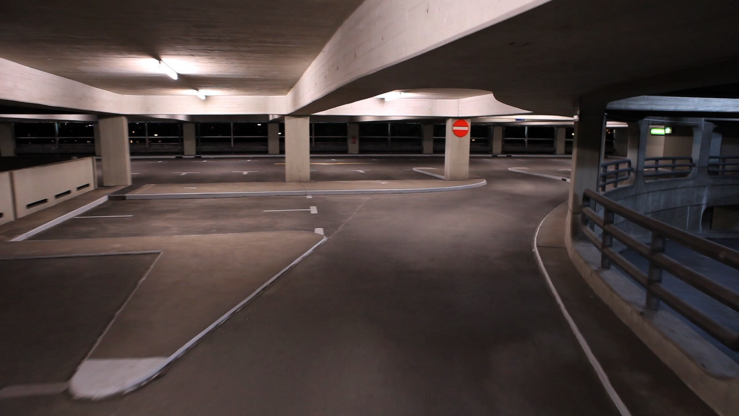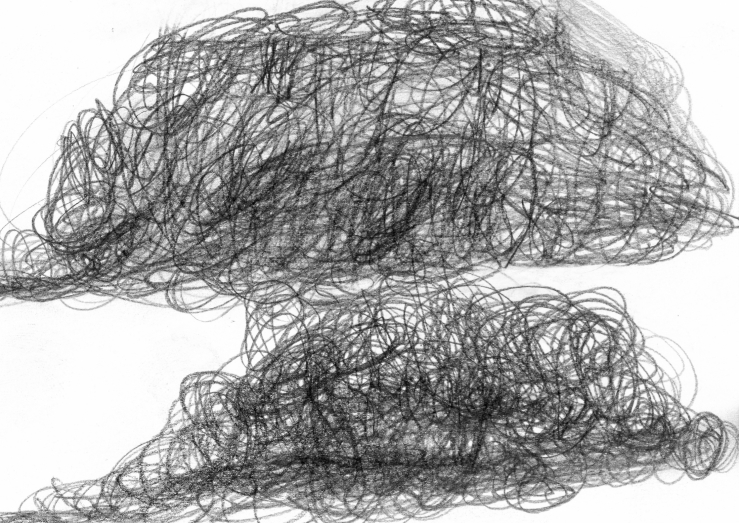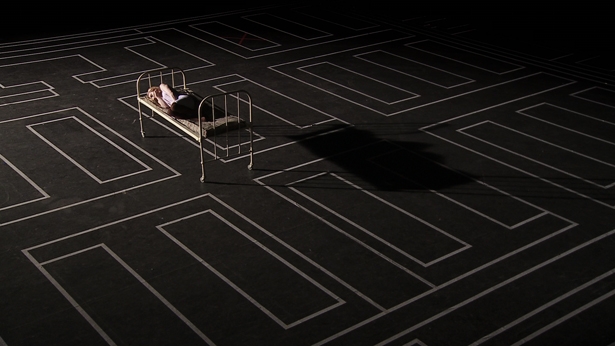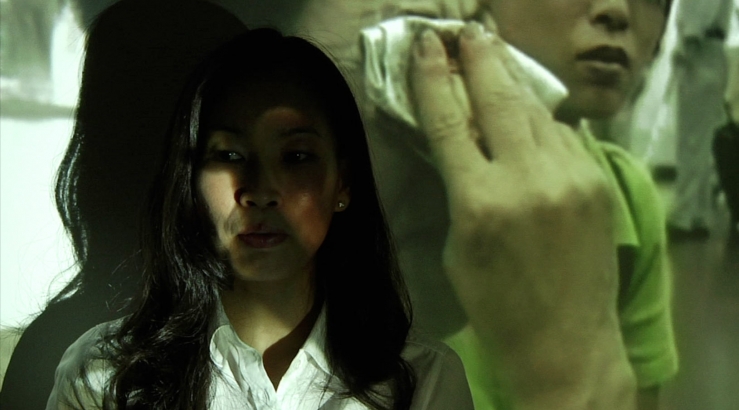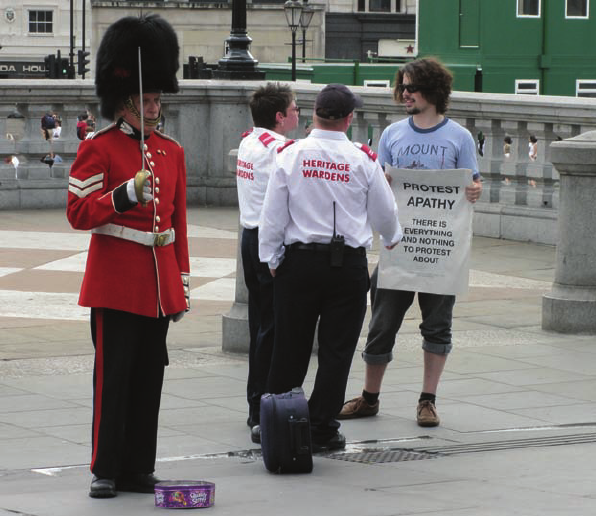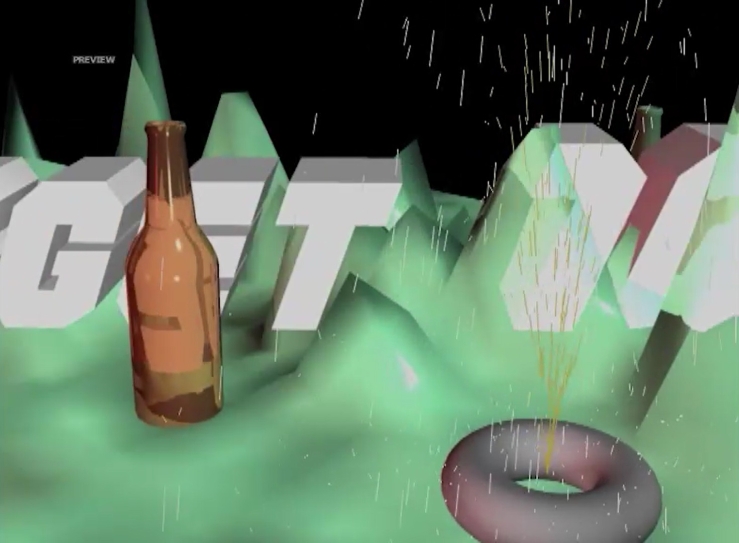The Pavilion
In the short film The Pavilion, Jasmina Cibic recreates the Kingdom of Yugoslavia’s pavilion from the World’s Fair in Barcelona in 1929, designed by Dragiša Brašovan. With particular focus on the construction’s facade, she raises questions concerning the relation between aesthetics and politics. While five brightly dressed women construct a model of the pavilion, a woman’s voice informs us of the results of the artist’s research. The lack of information available about the pavilion led the artist to draw a connection to two works with similar designs: Adolf Loos’ house design for Josephine Baker, and the camouflaged British warship designed by Norman Wilkinson. In doing so, the film establishes a relation between three apparently unrelated objects. The black-and-white-striped pattern becomes the central visual element, a pattern which also has a deceptive quality. An optical illusion makes things with this pattern appear taller or wider than they really are, and makes it harder to judge their position.
As the narrator informs us about this, as well as giving us information about the events of the 1929 exhibition in Barcelona, the viewer is given pause for thought. How does politics conquer architecture, turning it into a show of power? The work calls into question the connection between politics and the visual administration of its power. Cibic’s short film is a graphic illustration of the intimate relation between politics, power and art, emboldening the viewer to interrogate the objects presented. (Natalia Cena Wernicke)
* We can only show an excerpt of this work in the online archive. For the complete version, please contact the artist.
About the video
About the artist
- 1979 in Ljubljana, SLO.
Studied at Goldsmiths College, London, GBR, and at Accademia di Belle Arti in Venezia, ITA

